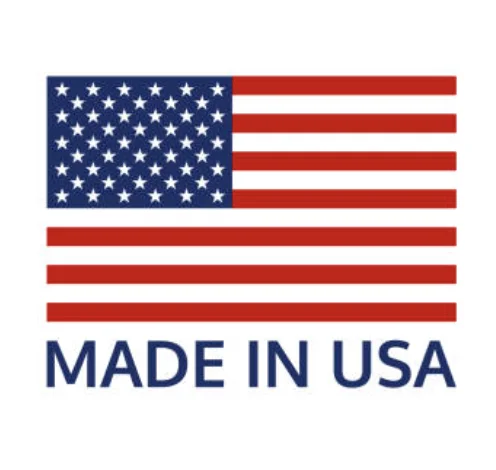-
561-204-5765561-204-5765
-
MADE IN USAMADE IN USA

Menu
Menu
Menu

Fragmentation Below the Waterway

Chemical herbicides are often marketed as a quick fix for aquatic weeds—but they’re not solving the problem. In many cases, they’re actually making it worse.
When herbicides are sprayed across a waterway, they typically kill only the visible, above-surface portion of the plant. What’s left behind—roots, rhizomes, and submerged fragments—often survives. Some of it floats away and spreads. Some of it sinks. And that’s where the real trouble begins.
This process, known as fragmentation, allows many aquatic plants to reproduce and spread even after being chemically treated. At the same time, the dead plant matter starts to decay, settling on the bottom as thick muck. This organic buildup doesn’t just look bad—it clogs up waterways, reduces water flow, and depletes oxygen levels critical for fish and other aquatic life.
So rather than solving the issue, chemical treatments tend to mask it temporarily. Weeds return, sediment builds, and overall water quality suffers. It’s a cycle that continues until a different approach is taken.
Mechanical harvesting breaks that cycle. Instead of killing the weeds in place, it removes them entirely—roots, stems, and all. There’s no toxic runoff. No lingering fragments left to regrow. Just clean, efficient extraction that clears the waterway, protects aquatic ecosystems, and supports long-term health of lakes, ponds, and canals.
It’s not just an alternative—it’s a smarter, more sustainable solution for aquatic vegetation control.